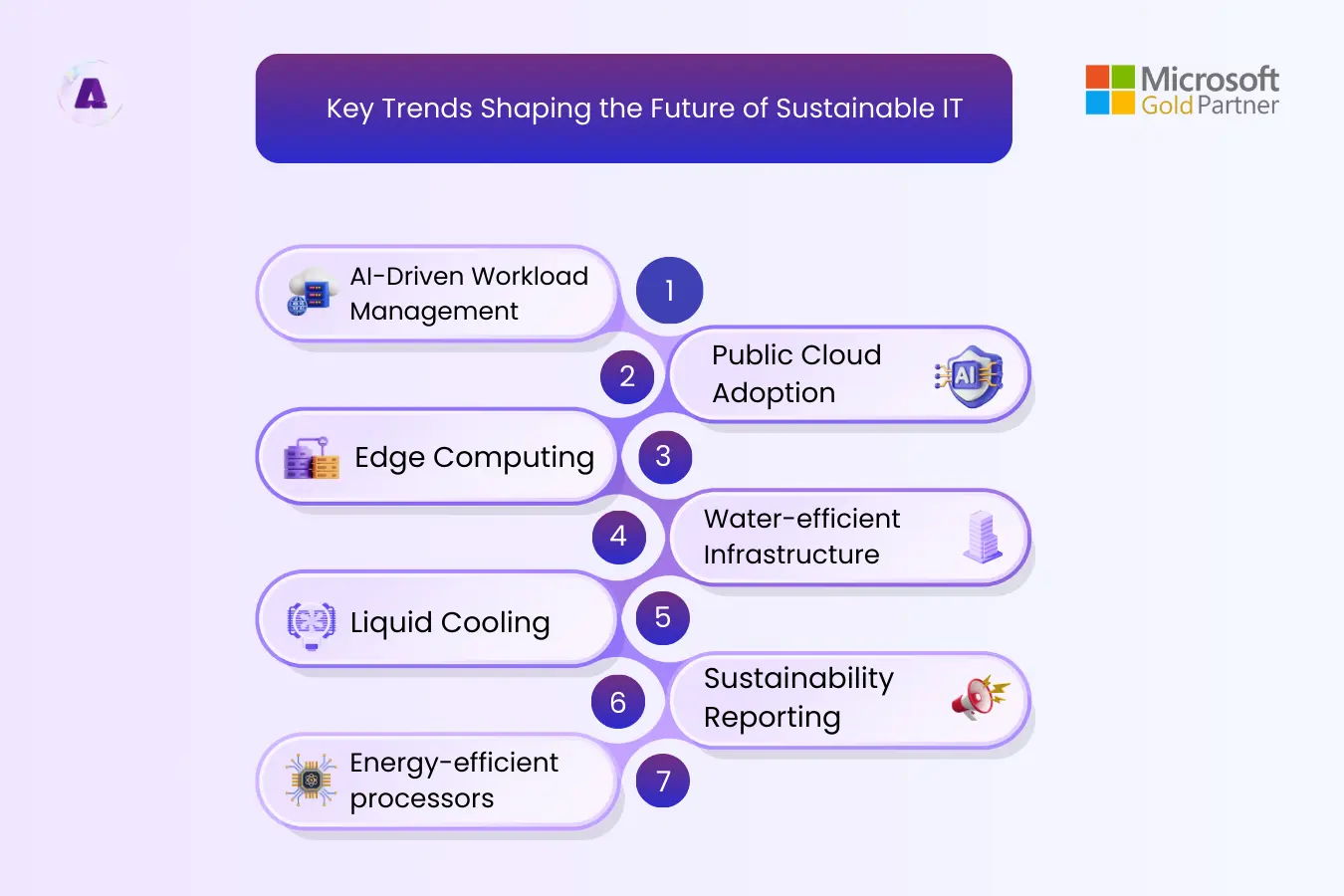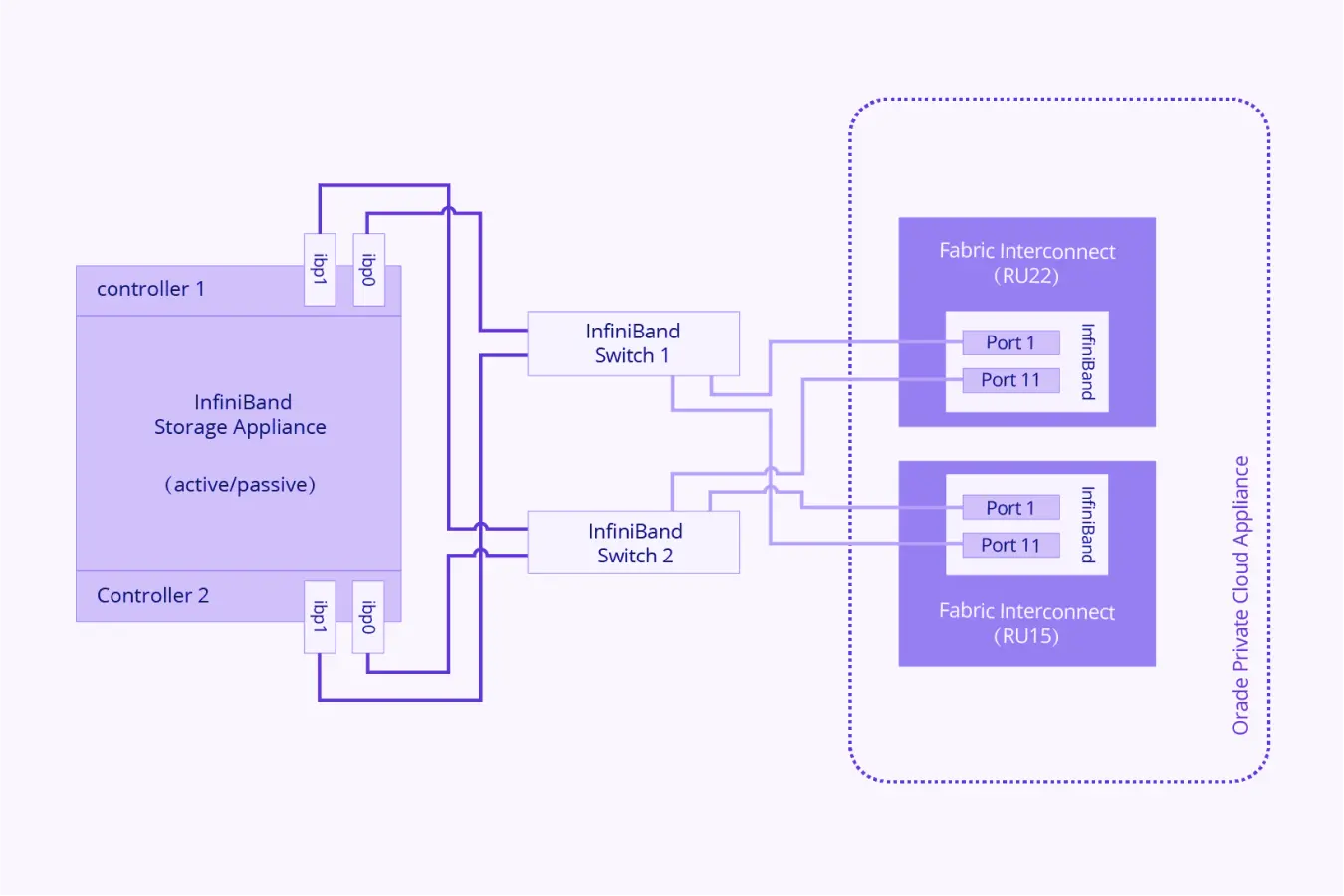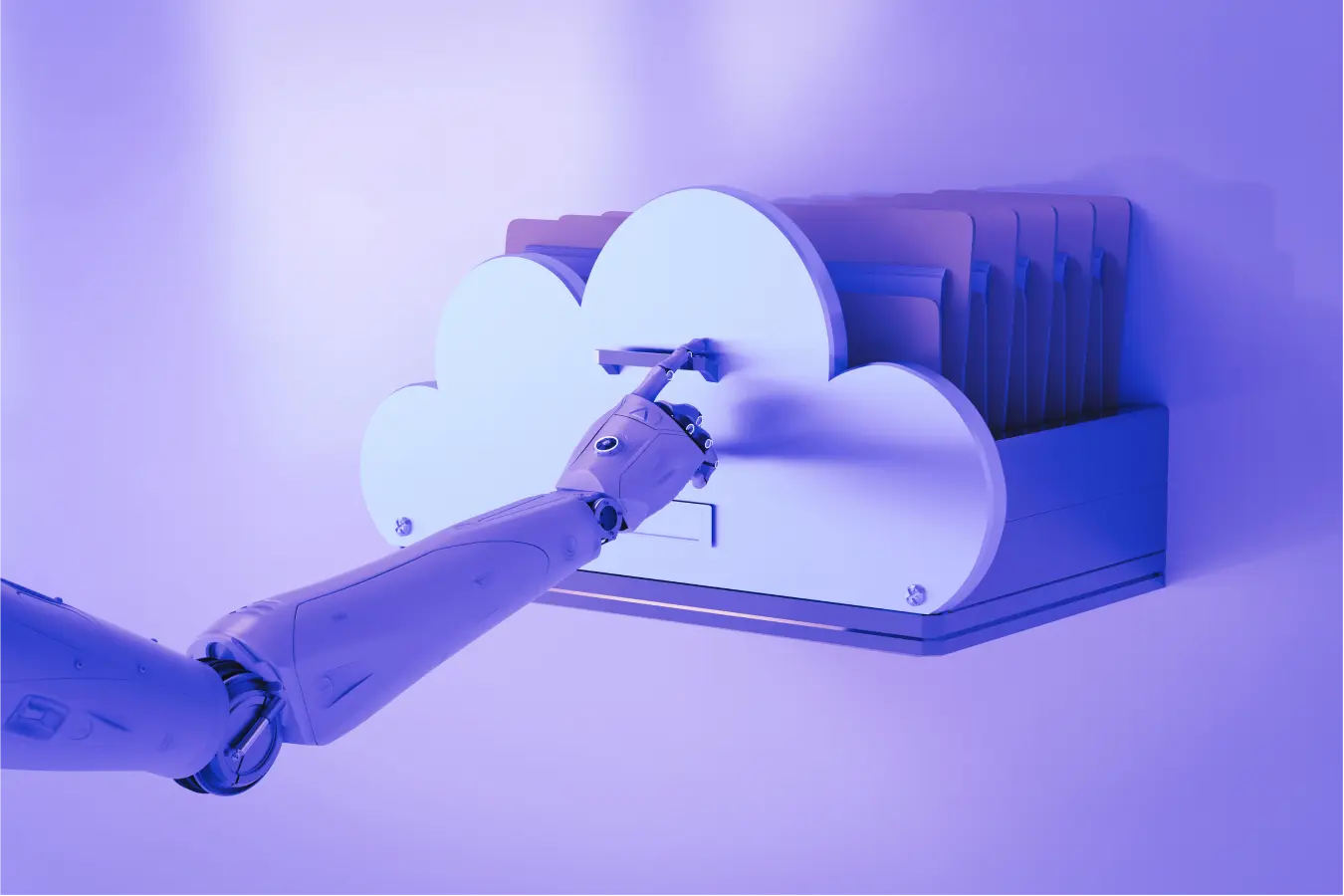
Introduction
Sustainability has evolved from a mere buzzword to a critical priority in the IT and data center industry. With increasing regulatory pressures, rising energy costs, and growing corporate commitments to environmental, social, and governance (ESG) goals, businesses can no longer afford to overlook their environmental impact. Organizations are now actively seeking innovative ways to optimize their IT infrastructure, reduce carbon footprints, and transition toward more energy-efficient and circular economy models.
In 2025, sustainability IT infrastructure will be driven by groundbreaking advancements in cloud computing, AI-powered resource optimization, and next-generation data center designs. From green software development to renewable energy adoption and improved e-waste management, companies are leveraging technology to build more responsible and resilient digital ecosystems.
In this blog, we explore the key trends shaping the future of sustainable IT infrastructure and how businesses can integrate them into their strategies for long-term success.

1) The Growing Challenge of Data Center Energy Consumption
The exponential rise in data center energy consumption is a major sustainability challenge in IT. A 2024 PGIM report predicts energy use will double by 2026, driven by growing demand for cloud, AI, and big data. While investments in renewables help, traditional power sources still dominate, making efficiency improvements critical.
To address this, companies are adopting AI-driven workload management, energy-efficient hardware, and advanced cooling solutions like liquid cooling. With tightening environmental regulations, optimizing energy use isn’t just cost-saving—it’s essential for long-term sustainability.
2) Public Cloud Adoption: A Path to Sustainability
Research from Amazon and IDC confirms that public cloud infrastructure is significantly more energy-efficient than traditional private data centers. By leveraging economies of scale, cloud providers optimize energy use more effectively, prompting a surge in cloud migration as businesses align their IT strategies with sustainability goals (IDC Report).
3) Edge Computing: A Game-Changer for Green IT
Edge computing is emerging as a key player in sustainable IT. Decentralized, smaller-scale data centers can be strategically positioned in areas with renewable energy access, reducing carbon footprints while optimizing data processing and minimizing the need for large-scale expansions (Forbes).
4) The Rising Importance of Water Conservation in IT
Historically, data center sustainability efforts have focused primarily on energy efficiency. However, with increasing groundwater shortages, water conservation is now a crucial factor. Companies are adopting innovative cooling technologies and water-efficient infrastructure designs to minimize consumption (Gartner).
5) Liquid Cooling: The Future of Energy-Efficient IT
As AI and high-performance computing demand more power, liquid cooling solutions are gaining traction. Technologies such as immersion cooling, direct-to-chip cooling, and rear-door heat exchangers drastically cut energy consumption while improving processing efficiency (Gartner IT Infrastructure Report).
6) Transparency in Sustainability Reporting
The demand for clear, standardized sustainability reporting is growing. The IT industry is moving toward “nutrition labels” for data centers, making it easier for organizations to evaluate sustainability metrics and make informed decisions about their IT investments.
7) Sustainable IT Through Server and Workload Optimization
Maximizing sustainability isn’t just about infrastructure—it’s also about optimizing hardware and software. Companies are adopting energy-efficient processors, redesigning software to minimize power use, and leveraging AI automation to streamline workloads. As scrutiny over IT’s carbon footprint intensifies, these micro-level optimizations will be essential
Case-Study
- Microsoft’s Leadership in Sustainable IT
- Microsoft’s Carbon Negative Commitment
In 2020, Microsoft set a groundbreaking goal to become carbon negative by 2030, pledging to remove all carbon emissions the company has produced since its founding in 1975. This ambitious plan includes investments in carbon removal technologies, renewable energy, and sustainable data center innovations (Microsoft Sustainability Report).
- Innovations in Microsoft’s Data Centers
Microsoft is at the forefront of energy-efficient data center operations:
- 100% Renewable Energy Commitment: Microsoft aims to power all its data centers with renewable energy by 2025 through strategic wind and solar energy agreements.
- Liquid Immersion Cooling: The company is pioneering liquid cooling technologies, which drastically reduce energy use in server farms.
- AI-Driven Energy Optimization: Microsoft employs AI to predict and optimize energy consumption in real-time, reducing waste and improving sustainability.
How AI Is Enhancing Microsoft’s Sustainability Efforts
AI-driven automation is a key component of Microsoft’s sustainability strategy. By optimizing workload distribution and automating energy and cooling management, Microsoft ensures that its cloud infrastructure remains one of the most sustainable IT environments available.
Final Thoughts
Sustainable IT infrastructure is not just an ethical choice—it’s a business necessity. Companies that embrace renewable energy, liquid cooling, cloud migration, and AI-driven optimizations will not only reduce their environmental impact but also gain a competitive edge. With industry giants like Aptly Technology & Microsoft are leading the way, 2025 is set to be a landmark year for sustainability in IT.





